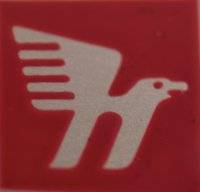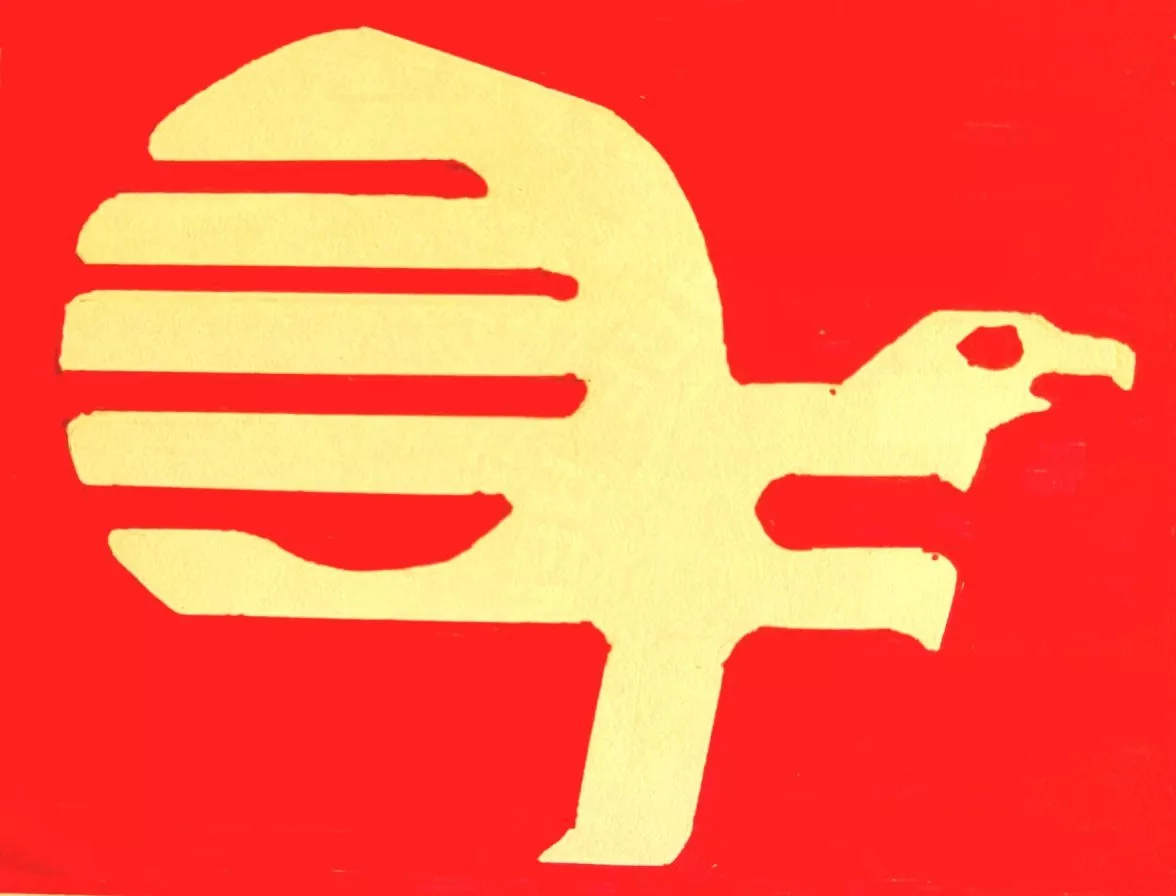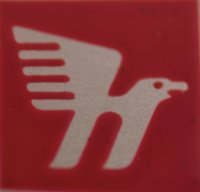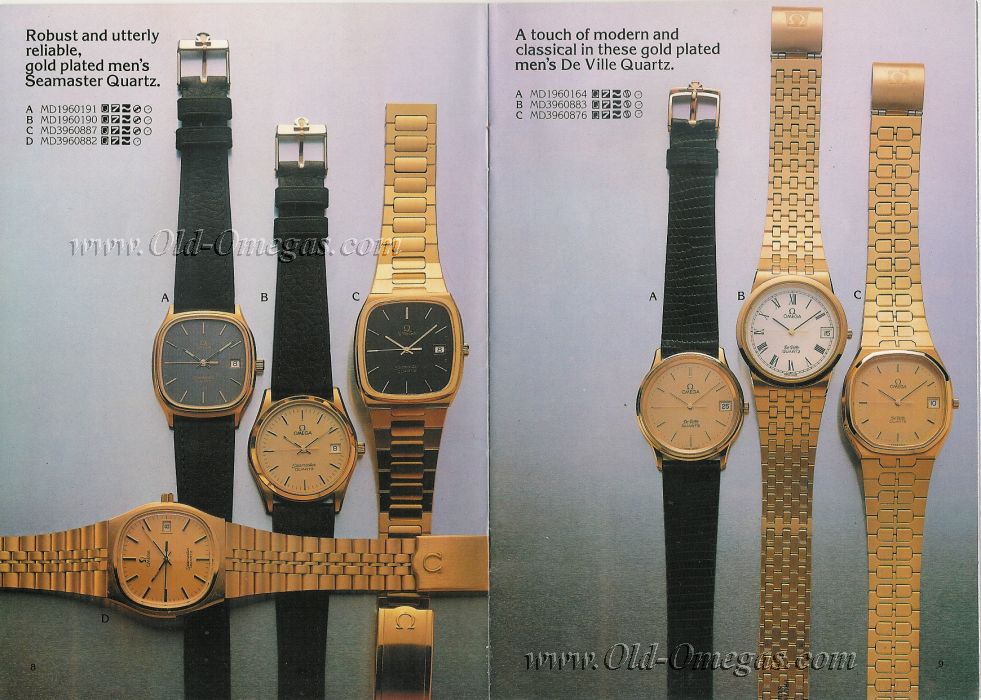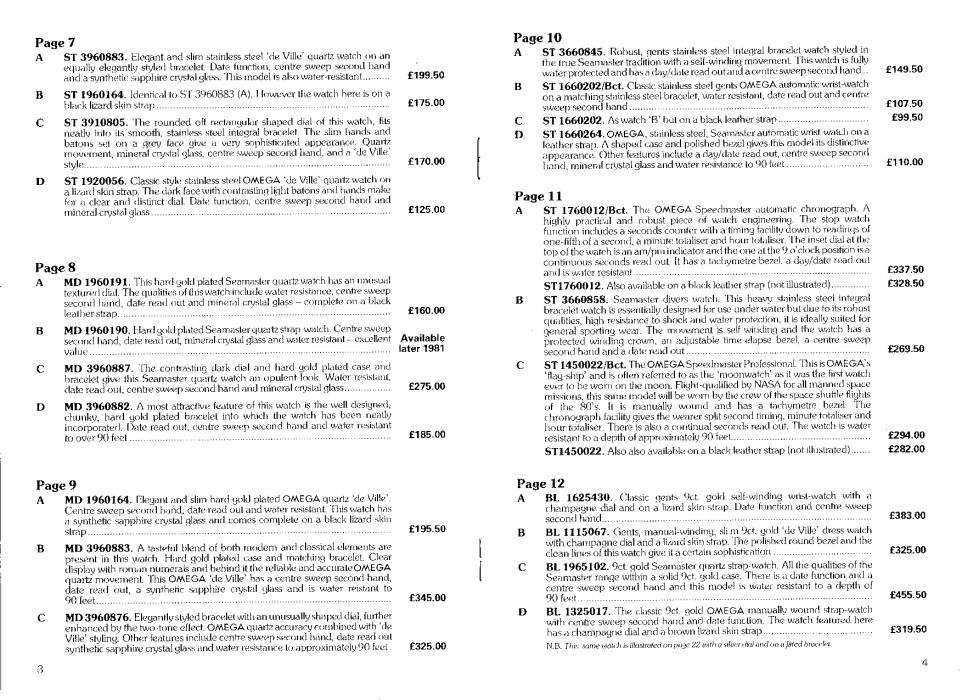solved ;US members, What does GRPEW on a sales receipt mean? A ref number or lay away ?
gatorcpa
··ΩF InvestiGatorNotice that the horizontal stroke is above the vertical stroke in the 't' in watch. This signifies a tendency to rebellion against standards and a desire to lead. This tells us something about Ms. Gagnon.
She was the customer who received the watch. She was not the salesperson who wrote the receipt.
gatorcpa
Evitzee
·What are the odds that Ms. Gagnon is D.E.A.D. ? That signature does not look like a young person's. And Florida being Florida in 1980 re. being a retirement haven.🤔
Edited:
gbesq
·gbesq
·^^^^^^^^^^^^^^^^^^^^^^^^^^^^^^^^^^^^^^^^^^^^^^^^^^^^^^^^^^^^^^^^^^^^^^^^^^^^^^^^^^^^^^^^^^^^^^^^^^^
krogerfoot
·I like this sleuthing but I’m having a hard time thinking this receipt is for a layaway item. I’m just a bit too young to remember buying things on layaway but wasn’t there a minimum payment you had to make? If so, it seems like they’d spell that out on the receipt.
I agree the $11 is sales tax, mystery solved there. The rest of the receipt is too cryptic to be meant for the customer’s benefit, I think. The salesperson identifies themselves as “2” and put “6364” in the name/address lines. Small-town Americans used to exchange just the last four digits of their phone numbers because the first three were identical for everyone in the county, but I’d think that would go in the Phone No. field. There’s an outside chance that LW3671 is a telephone number, but I’d think 1980 is too late for that kind of format.
I agree the $11 is sales tax, mystery solved there. The rest of the receipt is too cryptic to be meant for the customer’s benefit, I think. The salesperson identifies themselves as “2” and put “6364” in the name/address lines. Small-town Americans used to exchange just the last four digits of their phone numbers because the first three were identical for everyone in the county, but I’d think that would go in the Phone No. field. There’s an outside chance that LW3671 is a telephone number, but I’d think 1980 is too late for that kind of format.
itsjustausername
·I love a good treasure hunt. Is there any context known for this image?
MRC
·I agree the $11 is sales tax, mystery solved there. The rest of the receipt is too cryptic to be meant for the customer’s benefit, I think. The salesperson identifies themselves as “2” and put “6364” in the name/address lines. Small-town Americans used to exchange just the last four digits of their phone numbers because the first three were identical for everyone in the county, but I’d think that would go in the Phone No. field. There’s an outside chance that LW3671 is a telephone number, but I’d think 1980 is too late for that kind of format.
Fort Pierce (1980 pop 33802), Stuart (9467) and Vero Beach (16179) were not all that small, so 6364 is not a phone number.
The LW 36 71 note is written so the 36 and 71 have a gap between them, two numbers. So I thought that $36.71 could be a payment, but I cannot make that multiply out to a number of weeks. It gets more complicated with the "Finance Charge" after 30 days being 1.5% -- is that on the full balance owed or the declining balance? However, I would expect that somewhere on there is the amount of the regular payment.
There might also have to be a code to identify the goods in storage. Layaway items would have to be in a secure location and identifiable for what and whose they were.
YY77
·I love a good treasure hunt. Is there any context known for this image?
https://omegaforums.net/threads/why...is-logo-on-my-seamaster-thread-closed.119039/
krogerfoot
·Fort Pierce (1980 pop 33802), Stuart (9467) and Vero Beach (16179) were not all that small, so 6364 is not a phone number.
The LW 36 71 note is written so the 36 and 71 have a gap between them, two numbers. So I thought that $36.71 could be a payment, but I cannot make that multiply out to a number of weeks. It gets more complicated with the "Finance Charge" after 30 days being 1.5% -- is that on the full balance owed or the declining balance? However, I would expect that somewhere on there is the amount of the regular payment.
There might also have to be a code to identify the goods in storage. Layaway items would have to be in a secure location and identifiable for what and whose they were.
3671 isn’t written anything like the way the other dollar amounts are written, so I think a layaway code is more likely. Then again, we’re reading a lot into LW and GRPEW to mean layaway and pay each/every week when there’s seemingly no relevant payment amounts or other data that you’d put on a receipt for something like that. Neither of those abbreviations are familiar to me, though I wouldn’t have been doing much business in 1980.
Edited:
Ron_W
·Yeah, and take your xxx logo search elsewere please, stop polluting this thread, and help me find a 1980 watch to match the price of 275,-. I Tried AI but that is just like asking an attorny for a straight answer......
Bard : The price of an Omega Seamaster in 1980 would vary depending on the specific model and condition. However, as a general rule of thumb, you could expect to pay anywhere from $500 to $1,500 for a vintage Seamaster from that era.
ChatGPT :
In 1980, the price of an Omega Seamaster watch would have varied depending on the specific model, features, materials, and other factors. The Omega Seamaster line includes a wide range of watches with varying prices.
During that time, Omega offered different versions of the Seamaster, such as the Seamaster 300, Seamaster 600 (Ploprof), and others. Prices could have ranged from a few hundred to over a thousand dollars, depending on the model and its specifications.
To get a precise price for a specific model of Omega Seamaster in 1980, you might need to refer to historical documents, catalogs, or vintage watch pricing guides. Keep in mind that prices can also vary based on factors such as the watch's condition, rarity, and any changes in the vintage watch market over time.
Bard : The price of an Omega Seamaster in 1980 would vary depending on the specific model and condition. However, as a general rule of thumb, you could expect to pay anywhere from $500 to $1,500 for a vintage Seamaster from that era.
ChatGPT :
In 1980, the price of an Omega Seamaster watch would have varied depending on the specific model, features, materials, and other factors. The Omega Seamaster line includes a wide range of watches with varying prices.
During that time, Omega offered different versions of the Seamaster, such as the Seamaster 300, Seamaster 600 (Ploprof), and others. Prices could have ranged from a few hundred to over a thousand dollars, depending on the model and its specifications.
To get a precise price for a specific model of Omega Seamaster in 1980, you might need to refer to historical documents, catalogs, or vintage watch pricing guides. Keep in mind that prices can also vary based on factors such as the watch's condition, rarity, and any changes in the vintage watch market over time.
MRC
·To get a precise price for a specific model of Omega Seamaster in 1980, you might need to refer to historical documents, catalogs, or vintage watch pricing guides. Keep in mind that prices can also vary based on factors such as the watch's condition, rarity, and any changes in the vintage watch market over time.
Here is a section from a roughly 1980 catalogue. In 1982 I bought a MD196.0191 (A in the illustration). But as I bought it in Boston MA not the UK I cannot directly translate the price into USD. Memory (mine is very fallible...) says I paid $320 or thereabouts. OK these are men's watches, quartz which may (or may not) be more expensive than women's or automatics, but this is on the right football field.
gatorcpa
··ΩF InvestiGatorI think @MRC is barking up the wrong tree here.
The “LW3671” could be an Omega case reference number for a U.S. market only watch. By 1980, Omega was phasing out the special Norman Morris, Inc. models. But it could be something else too. Really no way to know, unless someone has a US Omega wholesalers catalog from 1980.
If this was a women’s dress watch, good luck identifying it. Some of these had very limited runs, 100 pieces or less. If solid 14K, it is likely that the case was melted for gold scrap.
I like a good mystery, but this one is like Swiss cheese.
Too many holes.
gatorcpa
The “LW3671” could be an Omega case reference number for a U.S. market only watch. By 1980, Omega was phasing out the special Norman Morris, Inc. models. But it could be something else too. Really no way to know, unless someone has a US Omega wholesalers catalog from 1980.
If this was a women’s dress watch, good luck identifying it. Some of these had very limited runs, 100 pieces or less. If solid 14K, it is likely that the case was melted for gold scrap.
I like a good mystery, but this one is like Swiss cheese.
Too many holes.
gatorcpa
Olhenry56
·Trying to decipher this receipt feels like trying to understand the scribbles watchmakers leave inside case backs.
abrod520
·Google Required, Please Excuse Writing
